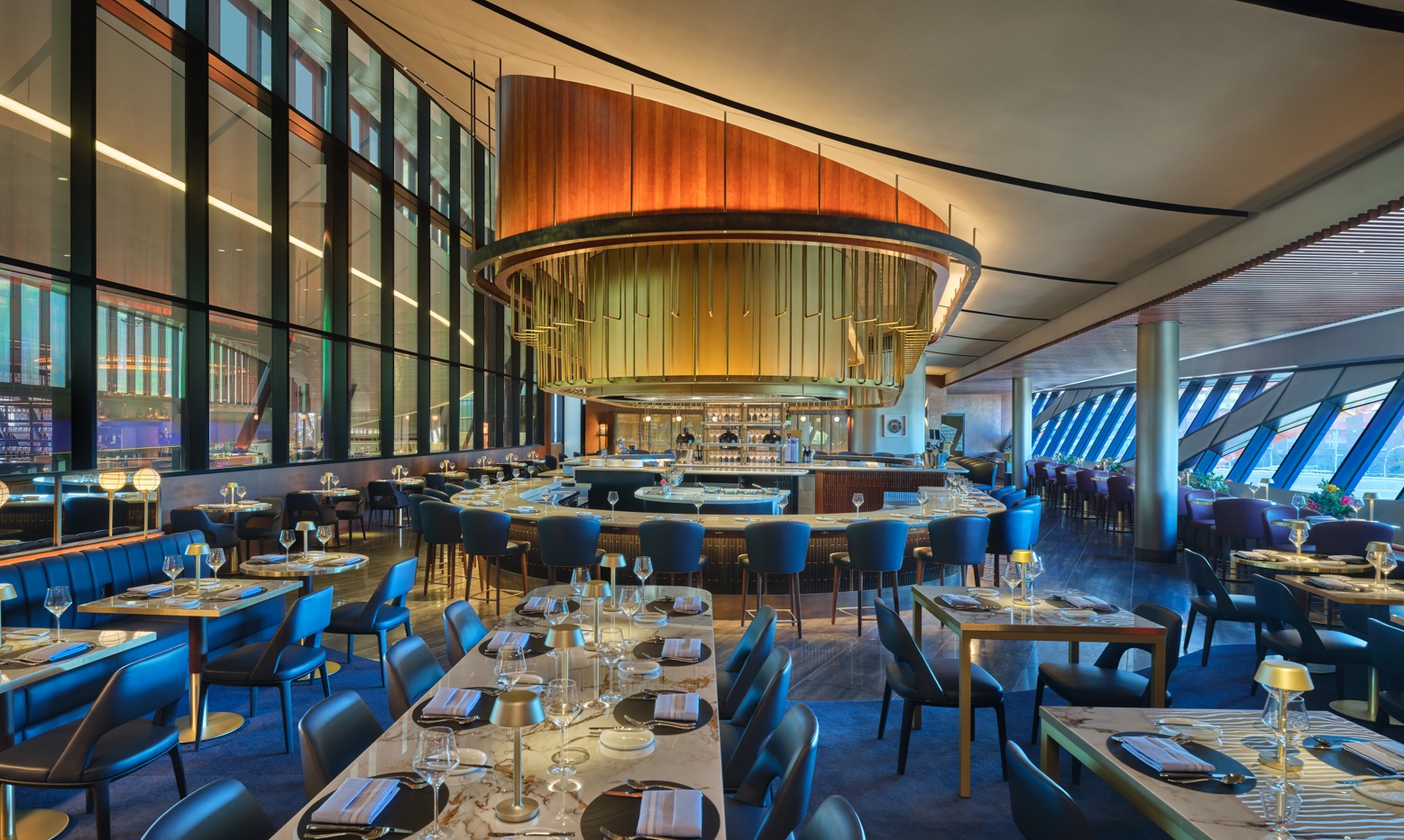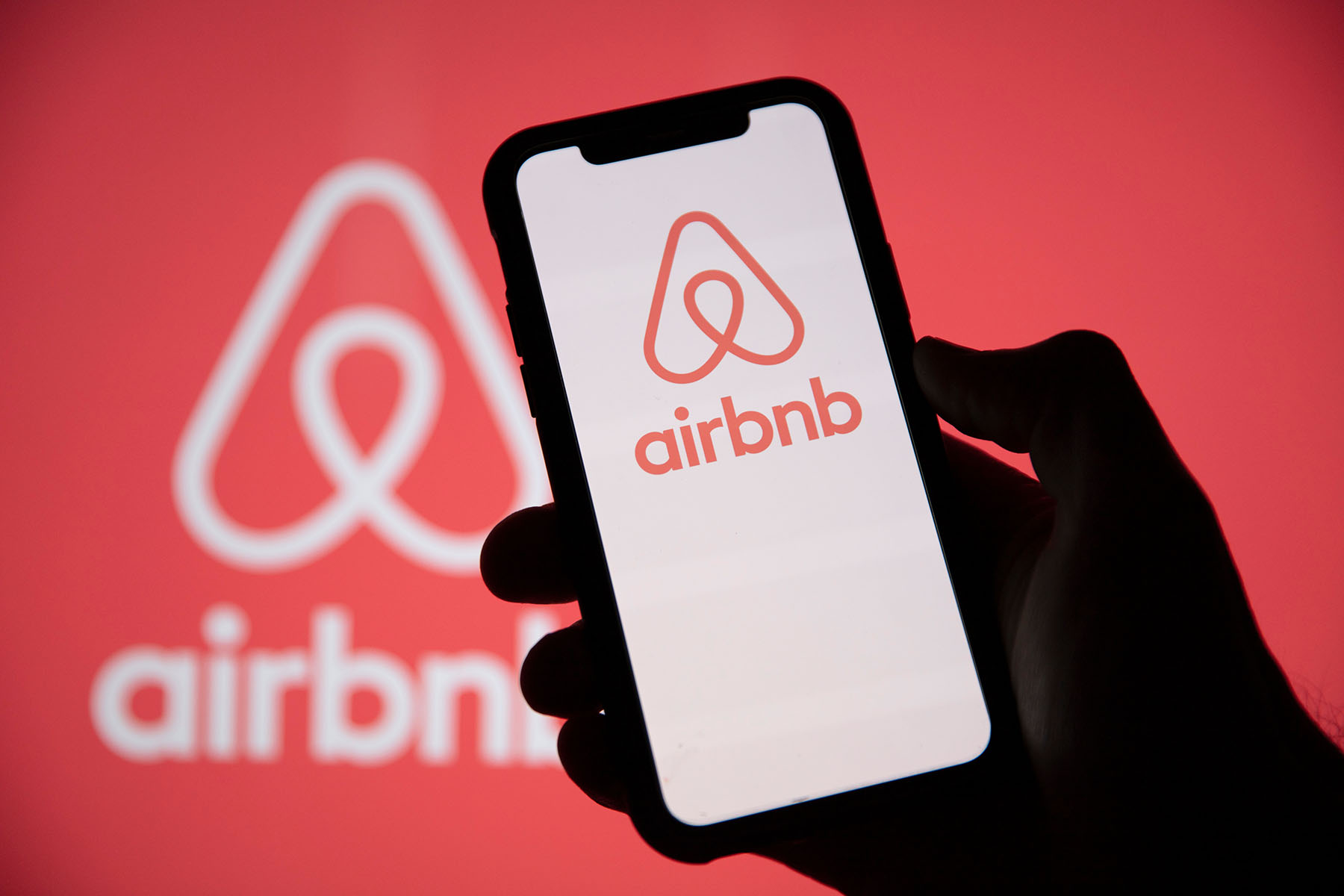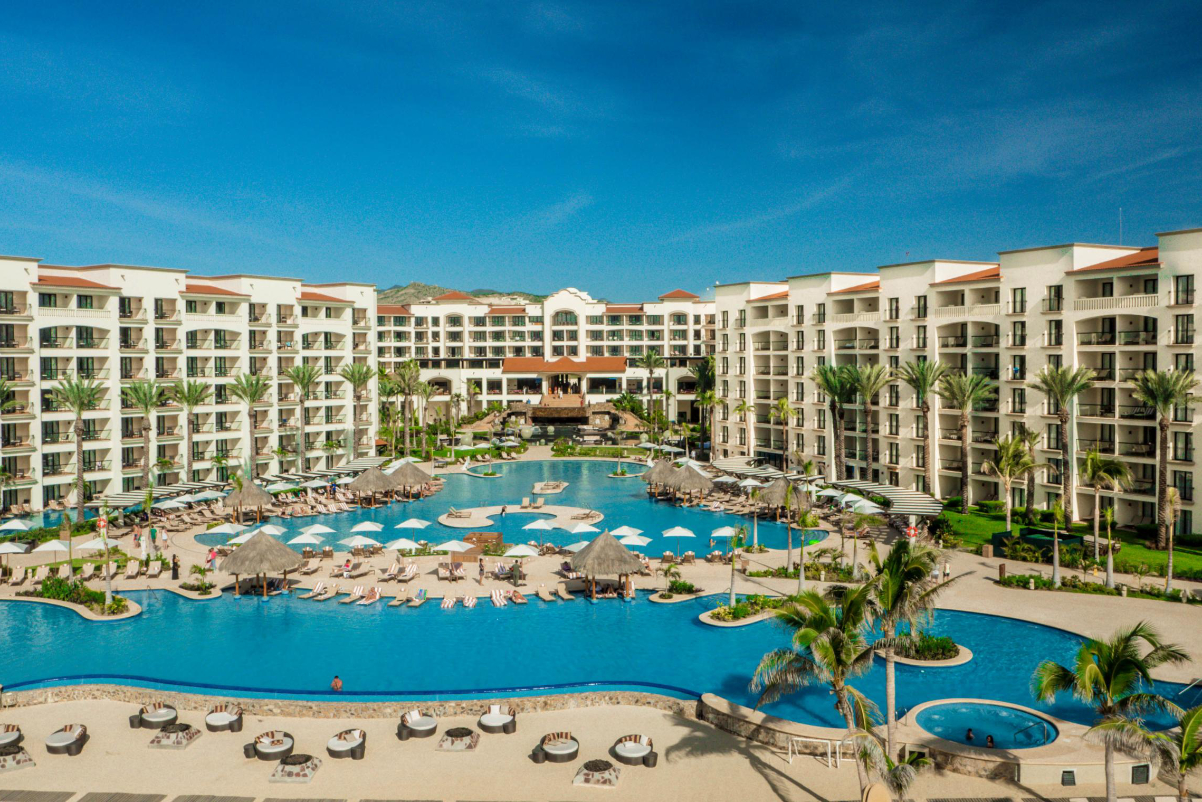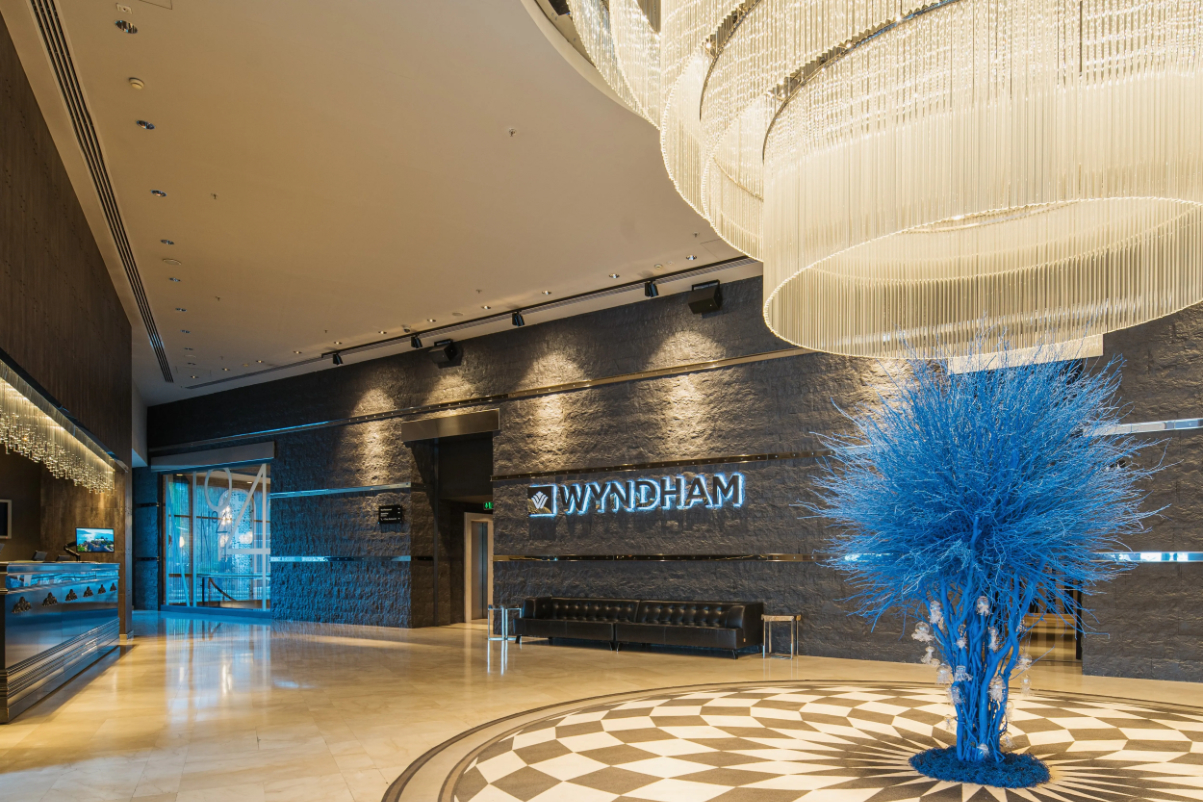Marriott and Choice Take Varied Approaches to Reviving Classic Midscale Brands
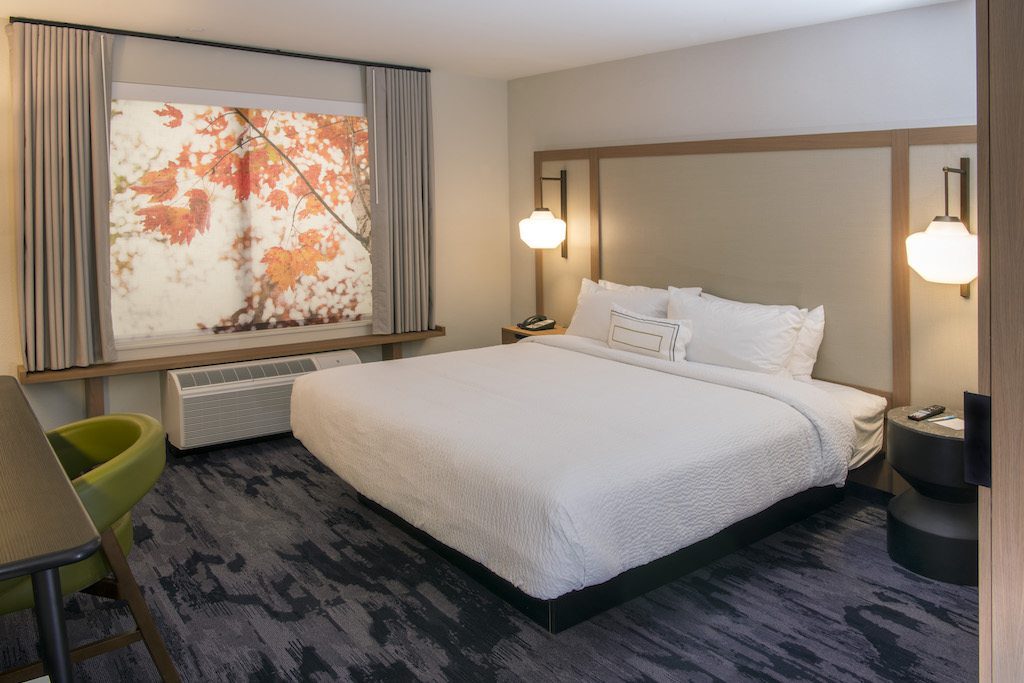
Skift Take
If there are two categories in hospitality that have captured the attention of hotel developers and management companies alike they would be, in no particular order, soft brands and midscale hotels.
The midscale hotel category, in particular, has seen an onslaught of new entrants, from InterContinental Hotels Group's new Avid Hotels to Trump Hotels' new American Idea.
"It is unsurprising that the midscale category is the hottest for launching new brands," said Makarand Mody, assistant professor of hospitality marketing for the Boston University School of Hospitality Administration. "Two key trends support the development of brands in this space: overtourism and the demand for value-driven experiences, a trend that is further bolstered by the experience-seeking Millennial, and the fact that this category represents an excellent intersection of consumer economics and owner economics, as highlighted in your report in June.
"While consumers are indeed seeking out value, owners are also looking at cost-effective development options that help maximize return on investment."
And if there were a common element shared among the newcomers it would be this: They don't want to conform to the old standards or notions that defined your typical, classic midscale hotel brand.
"Newcomers in this space seem to have two aspects in common — an emphasis on a modern 'lifestyle' design aesthetic and an incorporation of technology to cater to the needs of the ever-connected traveler," he added. "However, while these aspects are in common, brands are trying to use them to differentiate themselves from the competition. For example, Hotel RL's Living Stage and the Steps attempt to create an enhanced 'community' feel within the hotels' public spaces. All of this is great for the consumer, since it provides them with a variety of interesting options from which to choose."
But for hotel companies with long-established midscale brands, now is also an opportune time to revisit those brands and to, in some ways, reintroduce them to new audiences.
That's exactly what Marriott International and Choice Hotels International are doing with their respective midscale brands, Fairfield Inn & Suites and Sleep Inn. How they're attempting to accomplish this goal, however, involves pursuing two different paths, but it's something Mody thinks more hotel companies will be doing going forward.
"Given the intense current and impending competition in the space, brand refreshes and upgrades for midscale brands make sense," he said. "I think this is going to be one of the trends for the future: where hotel brands are not going to be viewed or managed as static, unvarying behemoths, but rather as dynamic, living organisms that will need to adapt quickly and flexibly to changing consumer preferences for design and service.
"So, while in the past, brands could get away with not having design and/or service updates for decades, and then make a radical change — as evidenced with the Holiday Inn rebranding several years ago — we will potentially see much more of an incremental upgrade/refresh paradigm when it comes to hotel brand management. Particularly given how fast technology changes."
Going Back to the Brand's Roots
Marriott's Fairfield Inn & Suites brand, which STR classifies as an upper midscale hotel brand, turns 30 this year, and to commemorate the occasion, the company wanted to look at where the brand got its start.
"We have this really rich heritage attached to the Marriott family ranch and farm. The brand was named after the farm," said Janis Milham, senior vice president and global brand leader for Marriott International's classic select brands. "We never capitalized on that and used it as much as we could and should, so it inspired us to take this new approach with this design."
As Marriott's second-largest brand worldwide, with nearly 900 hotels and 1,000 expected to be in place by the end of 2018, Fairfield has been a powerhouse for the company. But, like most midscale brands, it hasn't had much of a story to tell to consumers.
Marriott recently unveiled a new design concept, called "modern calm," for the brand that was inspired by the Marriott family farm. Milham described it as "warm, timeless, forward-thinking, inviting yet with simple nods to the brand's heritage."
She added, "We've tried to bring in natural elements in an interpretive and inviting way." Elements include actual photos of the Fairfield farm, as well as more communal lobbies. Marriott expects the new design to be in approximately 150 hotels worldwide by the end of 2018.
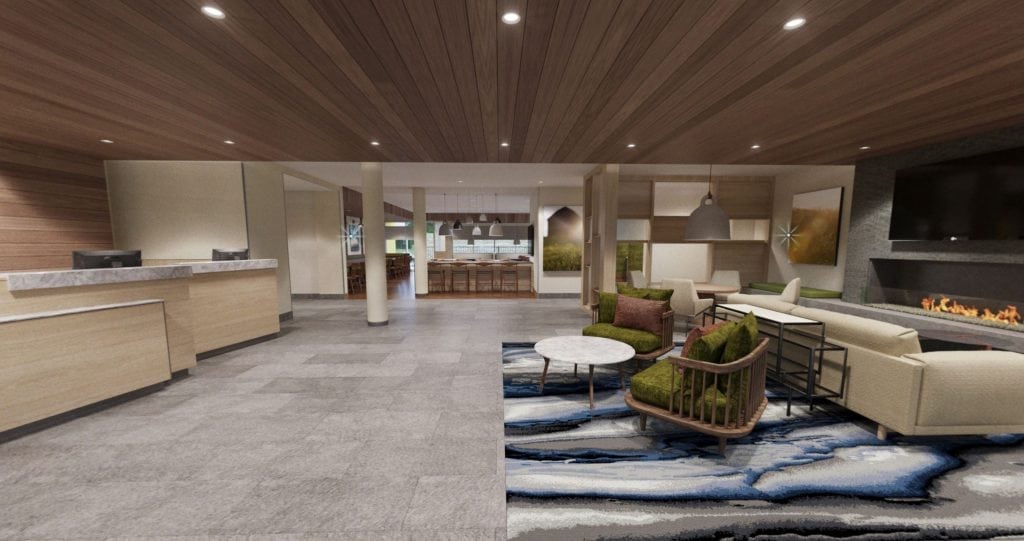
The new Fairfield Inn & Suites lobby design was meant to be warmer and more inviting, said Marriott SVP and global brand leader for classic select brands Janis Milham. Source: Marriott International
But will this new look and feel resonate with guests, especially with Millennials?
"We've done a lot of research on the emerging customer and Gen X and Gen Y consumer," Milham said. "They are a huge portion of the traveling population today, and they actually love this family heritage story. My Gen Z daughter loves all these retro things. We think this is a very appealing story for this demographic or age group. They really do embrace those historical elements and stories."
Mody said that this type of brand storytelling has some merit. "A colleague and I have recently concluded a project in which we found that the authenticity of the brand was a strong determinant of brand love, meaning consumers' emotional attachment to the brand, which, in turn, contributes to customer loyalty. By going back to its roots in a sense, Fairfield might bring this element of brand authenticity — a sense of originality and genuineness — back into the equation."
However, there's also a chance that Millennials and next-generation travelers could interpret Fairfield's "rustic" design as "old," he added. "Some of these design features, while different, do run counter to the modern, clean, vibrant design palette that most brands appear to be adopting. I wonder if the lack of a formal ad campaign has anything to do with this? That it isn't necessarily a move to target new, younger consumer segments, rather an effort to enhance the experience of existing customer segments."
That's another interesting facet of Marriott's approach to refreshing Fairfield: Marriott isn't launching a formal ad campaign to tell this origin story.
"We're not doing any digital advertising per se," Milham said. "If you go to our website, we've shared some of the story and imagery and are telling it there. In social media, we will promote our partnership with Habitat for Humanity and through social posts. We're not going with a strategic advertising campaign; it will be more organic. We want it to be more of an organic story versus one that should be forced."
Milham remains confident that even without a formal campaign, the new look and feel of Fairfield, combined with its origin story, will resonate with consumers.
She added, "Fairfield really is our midscale brand. We've pushed it up into upper midscale over the years, but it straddles both sides, candidly. We will be very competitive with the new entries in the market and the current competitors. We're doubling down on Fairfield. We believe it's the brand for us in this space."
Choice Appeals to Developers, Owners
Choice Hotels is taking a different approach with its Sleep Inn brand,trying to appeal more to the hotel development community than to consumers, a move driven by the increased demand for more midscale brands and products. It recently launched a trade print and digital advertising campaign called "Always Sleep Inn Style" to emphasize the purported timelessness of its Sleep Inn brand.
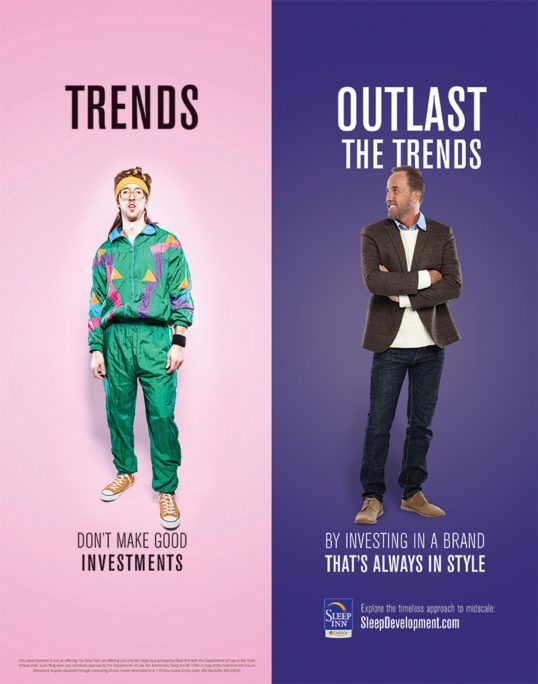
Sleep Inn's new campaign features advertisements like this, meant to appeal to the hotel development community. Source: PRNewsfoto/Choice Hotels International
"There's so much energy and excitement in the midscale segment, it makes us really excited as well," said Anne Smith, vice president of brand management and design for Choice Hotels. "That's really our sweet spot. We've shaped, molded, and built the midscale segment over the years. This campaign for Sleep Inn is all about being part of the momentum in midscale and taking this opportunity to remind owners and developers what a great investment Sleep Inn is. A good investment never goes out of style."
Last year, Choice debuted a new design prototype for Sleep Inn that spoke to what she described as a "refreshed brand experience." There are currently around 400 Sleep Inn hotels worldwide and the pipeline has 120 more opening in the next few years. She said that all new Sleep Inns will feature the new prototype and that all Sleep Inn properties across the country are, in varying degrees, adopting the new look by adding different elements.
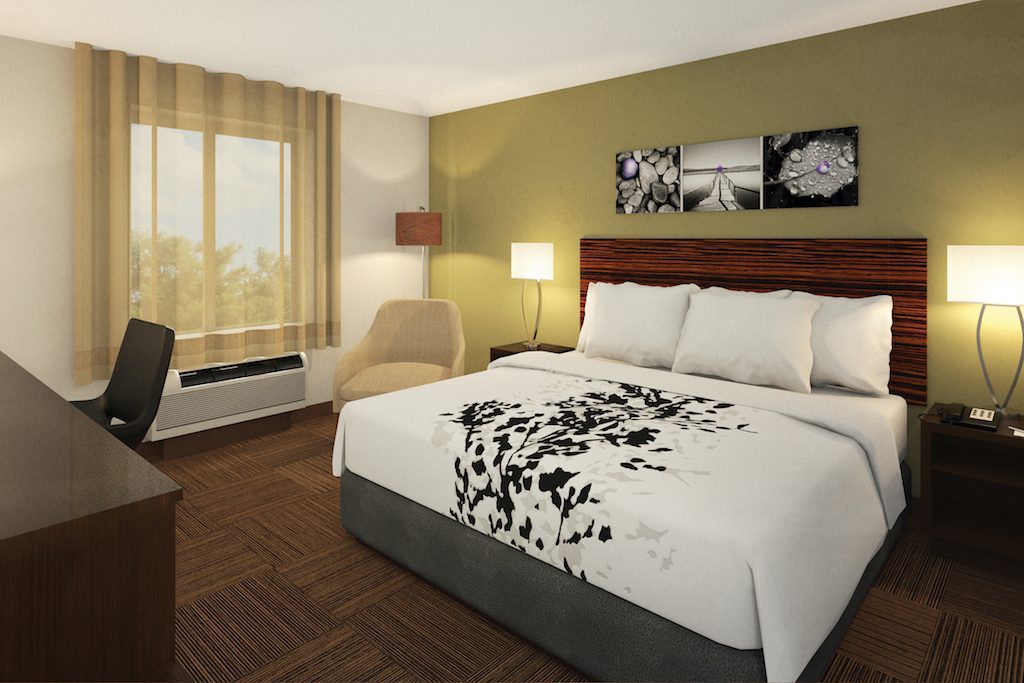
A Sleep Inn guest room with the brand's new design prototype from 2016. Source: Choice Hotels International
"Our messaging right now is just timely, she added. "We're communicating to owners and developers, but we know they are consumers, too. So, we're taking an opportunity to showcase the design, look, and feel of Sleep Inn."
Smith said that the relaunched prototype that debuted in 2016 "over-indexed in terms of likability with millennials" because "with the new design, we didn't' try overly hard to bring millennial appeal into the design — it was already there."
The new design, she said, "really stands the test of time. If you're a guest you want to walk into a hotel that feels modern and up to date and current. Owners want to build assets that are manageable over time, and you don't want to replace things that are dated every five years."
Mody, however, thinks this may not necessarily be a good strategy in the long term.
"The Sleep Inn campaign is not a customer-facing campaign," he said. "However, it runs the danger of not positioning the brand as one that is innovative, dynamic, and geared towards the next-generation traveler. In fact, the visual itself might suggest a comparison between millennials and their fads and Gen X with their stability, portraying the former in a negative light.
"However, the truth is that while the next-generation traveler is not easy to understand. He or she is not a reductive fad-driven consumer, but rather a mosaic of travel patterns and preferences, each of which represents a viable segment in itself. With this current campaign, Sleep Inn may be limiting itself as being positioned toward its current markets, while not demonstrating its readiness for the fastest-growing consumer segments in our industry."
In other words, Choice is sticking with what has worked for now, but what is effective now may not necessarily be so in the future.
Smith said, "It seems like any company can launch a new midscale hotel brand, but only Choice has the ability to transform brands like Sleep Inn and Comfort Inn. We really understand that segment and the owners and their mindset and how they are mindful about the bottom line. Guests want affordable style but at price point that fits their budget. We're getting our voice out there so people can talk about Sleep Inn as they are talking about midscale."
Only time will tell if Choice's bet is the right one.

